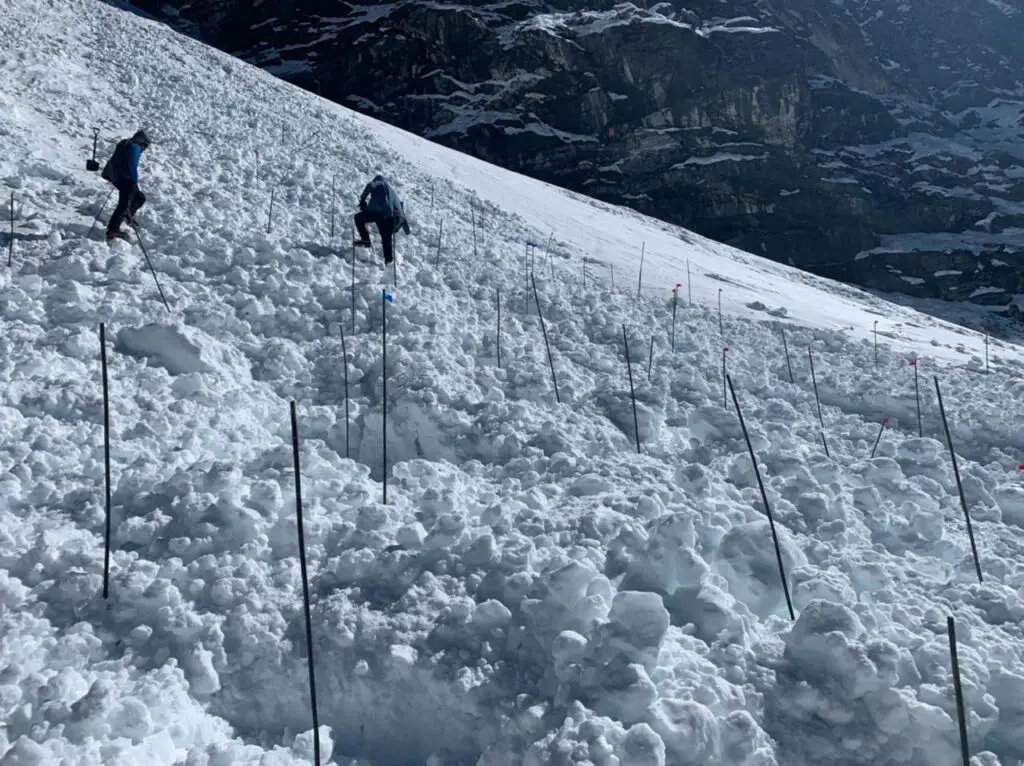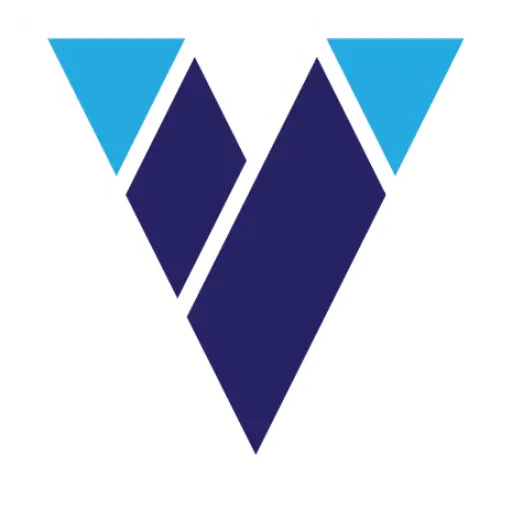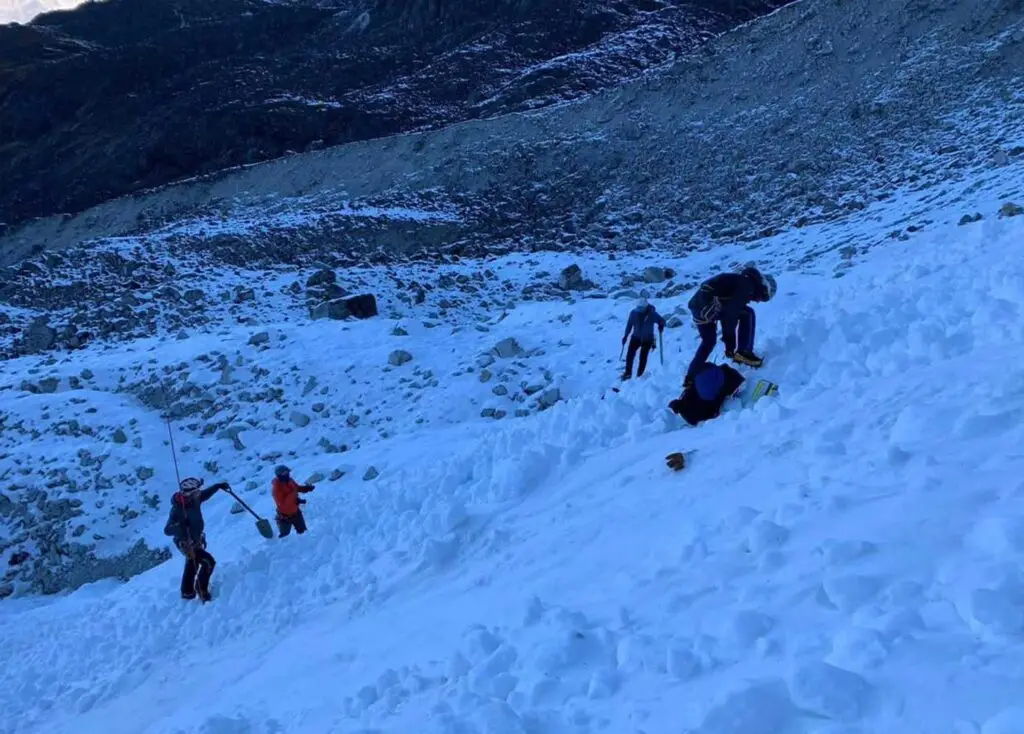On October 31, 2021, a search and recovery mission was launched for three renowned French climbers missing —Thomas Arfi, Gabriel Miloche, and Louis Pachoud—who had become separated from the rest of an eight-person team while preparing to summit Cholatse. On October 26th, the team communicated with them by satellite phone. Word rapidly spread, and the French embassy prepared a rescue team. Ang Norbu Sherpa, president of the Nepal National Mountain Guide Association (NNMGA), dispatched a rescue team of mountain guides.
A team of five IFMGA Guides were formed for search and rescue of french climbers, who got lost near Everest and Khangtega. This included me, Mingma Gyalje Sherpa, Ang Dawa Sherpa, Tshering Sherpa, and Pemba Gyalzen Sherpa.

While word spread among the mountain guides, Claudio, captain of the Kailash Helicopter, set off on a reconnaissance mission to locate a possible site for the search and recovery operation. The captain flew repeated missions over the area in search of the climbers’ missing location and returned with confirmation that it had been located.
After assessing the accident site, it became clear that trekking there would be incredibly challenging and time-consuming. The only practical solution was to use a helicopter to quickly and reliably reach the location. Once we ensured we had all necessary equipment for the mission, Captain Claudio directed us to the site, and we began our search and rescue operations.
We meticulously followed all search and rescue protocols. The avalanche had destroyed the site, scattering debris across an area of about 2,000 square meters, with snow depths ranging from one to four meters. I was the Recco operator on the team, equipped with a special shield vest for the task. We began with a fully charged Recco device and two spare batteries, prepared for the harshest conditions. The severe weather demanded precise planning to balance our search efforts while conserving the Recco device’s battery for the entire mission.
The rescue operation stretched over three demanding days, marked by intense weather conditions. We tirelessly worked through the snow, sifting and shoveling with each beep of the Recco scanning device, driven by the hope of finding the missing climbers. The snow was heavily compacted, ranging from one to four meters deep, which made our task even more challenging. Salt proved largely ineffective for melting the snow, and often, rocks emerged as we dug deeper. To keep track of our search, we used bamboo markers to denote the areas where probes had been placed, ensuring that no part of our search area was overlooked.

As the weather worsened, we took a break from our search and recovery mission. Once conditions improved, we resumed our efforts with careful adherence to search and recovery standards. On the third day of this phase, a beeping sound from beneath the snow indicated a promising lead.
Probing confirmed that the signal was coming from the climbers’ boots rather than rocks. We began digging and uncovered the body of a missing climber about a meter below the surface. Continuing our digging process, we discovered that other climbers, connected by the same rope, were buried nearby. The bodies had been buried for nearly ten days, and it took us close to an hour to dig through the meter of snow to locate them. Alongside the bodies, we found climbing equipment including a mobile phone, GPS watch, crampons, lights, ice axe, camming devices, and a snow bar.
We searched for missing climbers at altitudes between 4800 and 5500 meters.
It is possible to draw conclusions about what happened in the accident based on the fact that all three climbers were connected by the same rope. One climber might had been struck by the avalanche, the other two would have been pulled along with the one hit by avalanche. There is a strong chance that the sad tragedy occurred when they were turning back after they aborted their mission to the summit.
After, the bodies of the deceased mountaineers were airlifted to Lukla, they were transferred to a teaching hospital in Kathmandu for postmortem.
During peak season, mountain guides are often occupied with their own guiding responsibilities, making them unavailable for rescue missions. So, the government of Nepal has to form a dedicated mountain rescue team and with proper resources to carry out search and recovery mission smoothly. This will definitely boost Nepal’s tourism and confidence among tourist willing to visit Nepal.
Search and Recovery mission has to be rapid! We need to have a dedicated rescue team in country like Nepal, where geography is challenging and economy is heavily dependent upon tourism industry.

